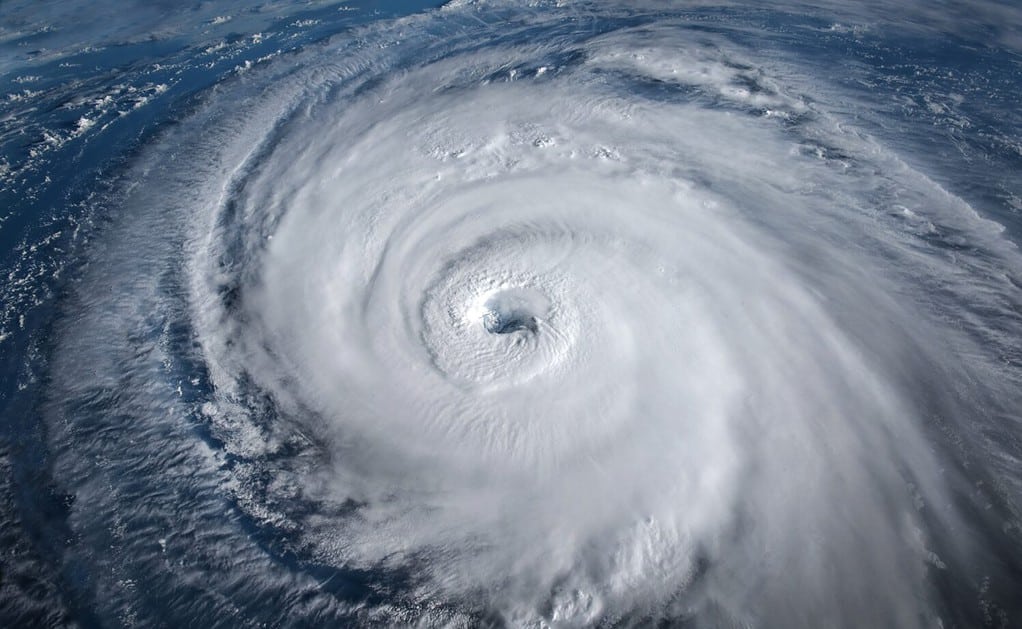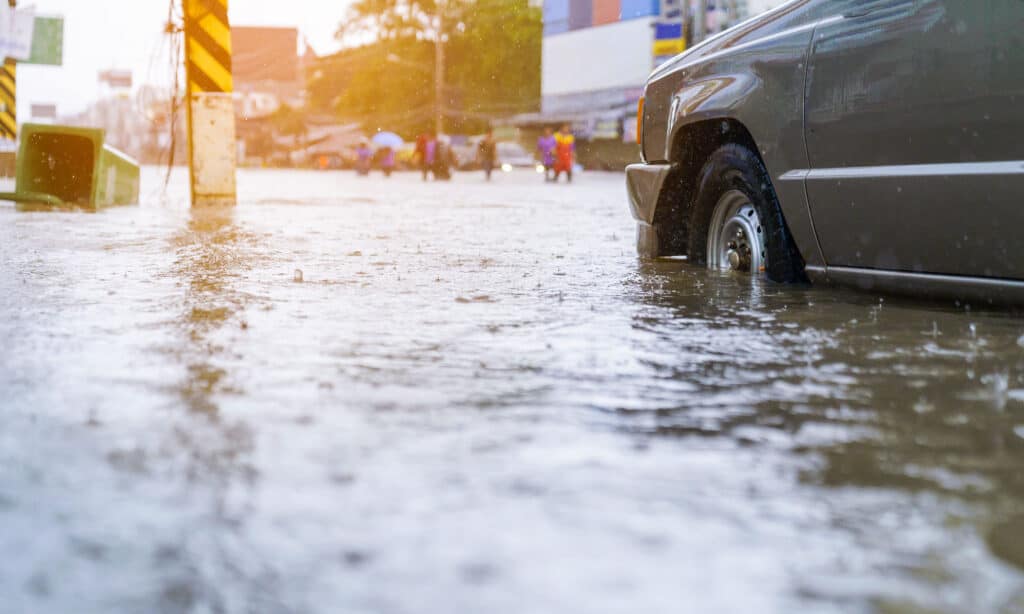As the United States sits well into hurricane season, some recall the most powerful hurricane Tennessee has ever faced. This hurricane was not only the worst faced by this state but a number of others as well. That’s because the hurricane in question, Hurricane Camille, was the second most intense tropical cyclone to hit the country.
Originating from the south of Cuba and emerging from the Gulf of Mexico, southern states had no idea what kind of crisis they were in for. By the time it reached the US, Hurricane Camille became destructive enough to result in $1.42 billion in damages to the nation. In one such unsuspecting state, Tennessee, Camille quickly solidified itself as the most powerful hurricane ever seen. So, let’s learn more about this natural disaster and its impact on The Volunteer State.
Where and When the Hurricane Hit Tennessee

The western and middle regions of the state of Tennessee were most dramatically impacted by the hurricane.
Hurricane Camille unleashed its fury on Tennessee in mid-August of 1969. As it barrelled inland after devastating the Mississippi coast, it tracked northward, reaching Tennessee on August 20th. The storm’s remnants brought heavy rain and catastrophic flooding, transforming the typically peaceful summer into an unexpectedly devastating season.
The brunt of Tennessee’s most powerful hurricane cracked down on the western and middle regions of the state. Towns such as Jackson and Nashville experienced unprecedented flooding due to the torrential rain. The Tennessee River, usually a serene waterway meandering through the state, changed into a raging force of destruction. Residents watched in fear as the river burst its banks, swallowing streets, homes, and businesses alike.
The Cumberland Plateau, often considered a place of refuge from the harshest weather, was also dramatically affected. Landslides triggered by the hurricane’s relentless rainfalls wreaked havoc on the terrain, leading to significant loss and damage.
Despite its inland location, Tennessee found itself quite at odds with the storm. The infrastructure of the time, unprepared for such an extreme weather event, struggled to cope. The flooding inflicted severe damage to the state’s transportation network, with roads washed away and bridges becoming impassable.
Did Hurricane Camille Hit Other States?
Despite what Tennessee faced as a result of its most powerful hurricane, it was far from the most damaged area. Several states faced mass instances of flooding and powerful storms that reached a landfall intensity of up to 150 knots. Among the other impacted states are Mississippi, Kentucky, West Virginia, and Virginia. In total, there were an estimated 256 deaths in the United States as a result of Hurricane Camille.
What Category Was the Hurricane?

Hurricane Camille was a Category 5 hurricane, similar to the hurricane pictured above.
©Triff/Shutterstock.com
At its peak, Hurricane Camille’s sustained winds roared at an astonishing speed of 175 miles per hour (mph), although some unconfirmed reports suggested they may have reached up to 190 mph. These wind speeds were so extraordinary that the measuring equipment at the National Hurricane Center failed to record the storm’s peak intensity accurately.
As it swirled over the Gulf of Mexico, it rapidly intensified into a Category 5 hurricane, the highest rating on the Saffir-Simpson Hurricane Wind Scale. This scale is based on the wind speed that a hurricane maintains throughout its course, and it is used to provide an approximation of the amount of expected damage that a hurricane will cause. If you’re unfamiliar with the meaning of this rating, a Category 5 hurricane is one that will cause absolutely catastrophic damage.
It’s important to note that the destructive power of a hurricane isn’t just determined by its wind speed. In the case of Hurricane Camille, the storm surge and torrential rain it brought caused equally devastating effects. However, the Category 5 status of this particular hurricane, marked by its extreme wind speeds, made it a truly historic storm. In fact, the power of this hurricane was unmatched by any hurricane that had hit the United States since the 1935 Labor Day hurricane.
How This Hurricane Impacted the Environment

The floods that hurricanes often result in can put land-locked wildlife in grave danger.
©thanatphoto/Shutterstock.com
Hurricanes like Camille impact wildlife in a variety of ways, both immediate and long-term. The initial force of the storm can cause direct harm to animals, damaging habitats and disrupting food chains. During the most powerful hurricane Tennessee faced, the rains and floods would have severely affected smaller mammals like rabbits and foxes, as well as ground-nesting birds that couldn’t escape the rising waters.
Aquatic life isn’t spared either. The sudden influx of freshwater from the heavy rainfall could have altered the salinity levels in bodies of water, creating challenging conditions for marine life. This could have impacted the Tennessee River’s diverse fish species, including the paddlefish and sturgeon, potentially leading to a decline in populations.
Despite these challenges, nature is very resilient. Hurricanes, while destructive, are part of the natural order. They can also play a role in maintaining biodiversity by reshaping environments and making room for new growth. The impact of Hurricane Camille on Tennessee’s wildlife is a reminder of how interconnected our planet’s ecosystems are.
Thank you for reading! Have some feedback for us? Contact the AZ Animals editorial team.








